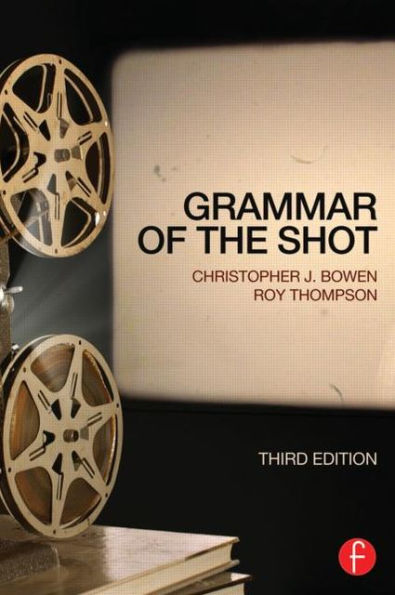5
1
9780240526010


Grammar of the Shot / Edition 3 available in Paperback

Grammar of the Shot / Edition 3
- ISBN-10:
- 0240526015
- ISBN-13:
- 9780240526010
- Pub. Date:
- 02/22/2013
- Publisher:
- Taylor & Francis
- ISBN-10:
- 0240526015
- ISBN-13:
- 9780240526010
- Pub. Date:
- 02/22/2013
- Publisher:
- Taylor & Francis

Grammar of the Shot / Edition 3
$31.95
Current price is , Original price is $31.95. You
$31.95
This item is available online through Marketplace sellers.
$11.66
This item is available online through Marketplace sellers.
31.95
Out Of Stock

Product Details
| ISBN-13: | 9780240526010 |
|---|---|
| Publisher: | Taylor & Francis |
| Publication date: | 02/22/2013 |
| Edition description: | Revised |
| Pages: | 312 |
| Product dimensions: | 6.00(w) x 8.90(h) x 0.70(d) |
About the Author
What People are Saying About This
From the B&N Reads Blog

